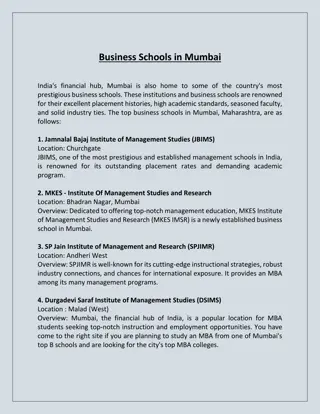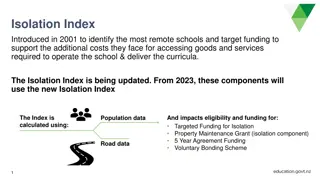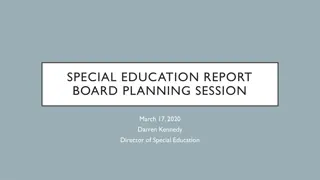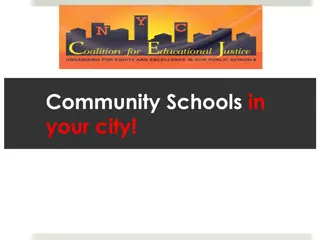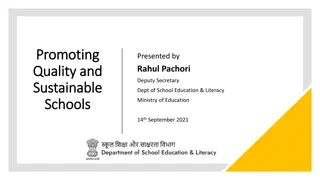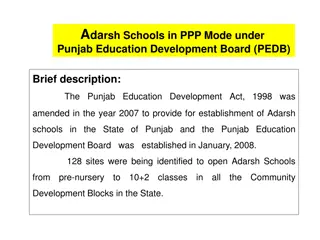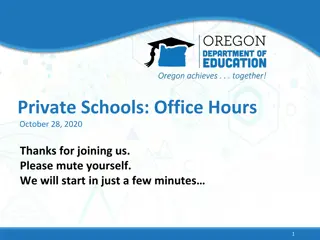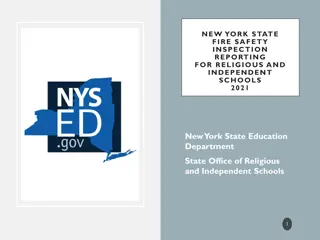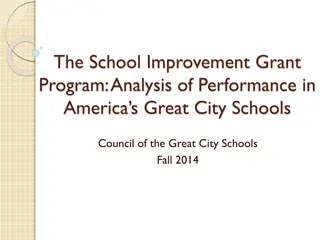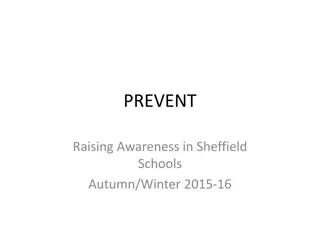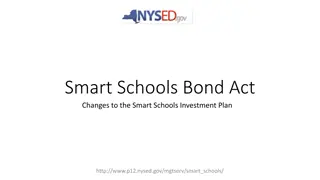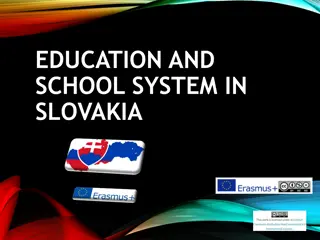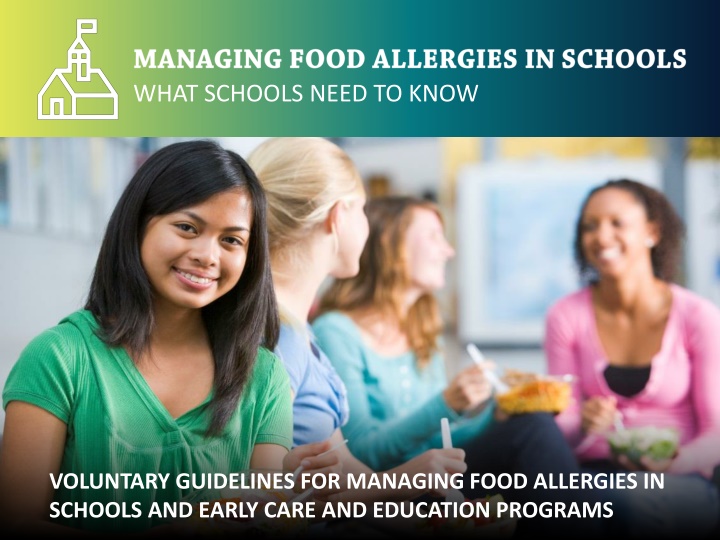
Managing Food Allergies in Schools: Guidelines and Best Practices
Discover essential information on managing food allergies in school settings, including symptoms, emergency preparation steps, and creating a safe environment for students with allergies. Be prepared to handle food allergy emergencies effectively with proper planning and communication strategies.
Download Presentation

Please find below an Image/Link to download the presentation.
The content on the website is provided AS IS for your information and personal use only. It may not be sold, licensed, or shared on other websites without obtaining consent from the author. If you encounter any issues during the download, it is possible that the publisher has removed the file from their server.
You are allowed to download the files provided on this website for personal or commercial use, subject to the condition that they are used lawfully. All files are the property of their respective owners.
The content on the website is provided AS IS for your information and personal use only. It may not be sold, licensed, or shared on other websites without obtaining consent from the author.
E N D
Presentation Transcript
WHAT SCHOOLS NEED TO KNOW VOLUNTARY GUIDELINES FOR MANAGING FOOD ALLERGIES IN SCHOOLS AND EARLY CARE AND EDUCATION PROGRAMS
Describe the symptoms of food allergies and life-threatening reactions. Identify three action steps for schools to prepare for and respond to food allergy emergencies. Identify three ways specific school staff can create and maintain healthy and safe classrooms and school environments for students with food allergies. 2
The guidelines can help schools manage the risk of food allergies and severe allergic reactions in students. Managing food allergies requires a partnership between families, health care providers, and schools. 3
Did you know? 8% of students are affected by food allergies, and the incidence is increasing. 1 of 5 students with food allergies will have a reaction while at school. 25% of severe food allergy reactions at school happen to students with no previous known food allergy. 4
A food allergy is an adverse immune system reaction that occurs soon after exposure to a certain food. Food allergy symptoms can include multiple organ systems including, respiratory, gastrointestinal tract, skin, cardiovascular, and neurological. A severe life-threatening allergic reaction is called anaphylaxis. 5
Ensure the daily management of food allergies for individual children. Prepare for food allergy emergencies. Provide professional development on food allergies for staff members. Educate children and family members about food allergies. Create and maintain a healthy, safe, and inclusive educational environment. 6
Lead schools planning for managing food allergies. Oversee the daily management of food allergies for students. 7
Prepare schools to be ready to respond to food allergy emergencies: Ensure that response to food allergy emergencies is a part of each school s emergency plan. Set up an easy-to-use communication system for staff who may need to respond to food allergy reactions and emergencies. 8
Get trained and know now how to respond to food allergy emergencies! If anaphylaxis is suspected, act! Plan! 9
Help manage food allergies at your school. Help prevent food allergy emergencies. 10
Create and maintain a healthy, safe, and inclusive classroom. Create and maintain healthy, safe, and inclusive eating environments. Carefully plan field trips. 11
Help prevent food allergy reactions in the cafeteria. Develop and follow procedures for handling food allergens in the cafeteria. 12
Help with the daily management of students with food allergies. Support a healthy and safe school environment for students with food allergies. 13
Help prevent food allergy emergencies. Support healthy and safe transportation. Take immediate action if a severe food allergy reaction is suspected. 14
Voluntary Guidelines for Managing Food Allergies in Schools and Early Care and Education Programs. Available at: https://www.cdc.gov/healthyschools/foodallergies Food Allergy Resource and Education (FARE). Available at: https://www.foodallergy.org CDC Healthy Schools. Promoting Healthy Behaviors: Celebrations and Rewards. Available at: https://www.cdc.gov/healthyschools/npao/celebrations_rewards.htm National Association of School Nurse (NASN), Food Allergy and Anaphylaxis Tool Kit. Available at: https://www.nasn.org/nasn/nasn-resources/practice-topics/allergies- anaphylaxis 15
Gupta RS, Warren CM, Smith BM, Blumenstock JA, Jiang J, Davis MM, Nadeau KC. The public health impact of parent-reported childhood food allergies in the united states. Pediatrics. 2018;142(6):e20181235 Tang ML, Mullins RJ. Food Allergy: is prevalence increasing? Intern Med J. 2017;47(3):256 261pmid:28260260 Nowak-Wegrzyn A, Conover-Walker MK, Wood RA. Food-allergic reactions in schools and preschools. Arch Pediatr Adolesc Med. 2001;155(7):790-795 McIntyre CL, Sheetz AH, Carroll CR, Young MC. Administration of epinephrine for life- threatening allergic reactions in school settings. Pediatrics. 2005;116(5):1134-1140 Boyce JA, Assa ad A, Burks AW, et al; NIAID-Sponsored Expert Panel. Guidelines for the diagnosis and management of food allergy in the United States: report of the NIAID- sponsored expert panel. J Allergy Clin Immunol. 2010;126(suppl6):S1-S58 Lieberman J, Weiss C, Furlong TJ, Sicherer SH. Bullying among pediatric patients with food allergy. J Allergy Clinical Immunol. 2010;105:267-271 Cummings AJ, Knibb RC, King RM, Lucas JS:The psychosocial impact of food allergy and food hypersensitivity in children, adolescents and their families: a review. Allergy. 2010;65:933-945 17

